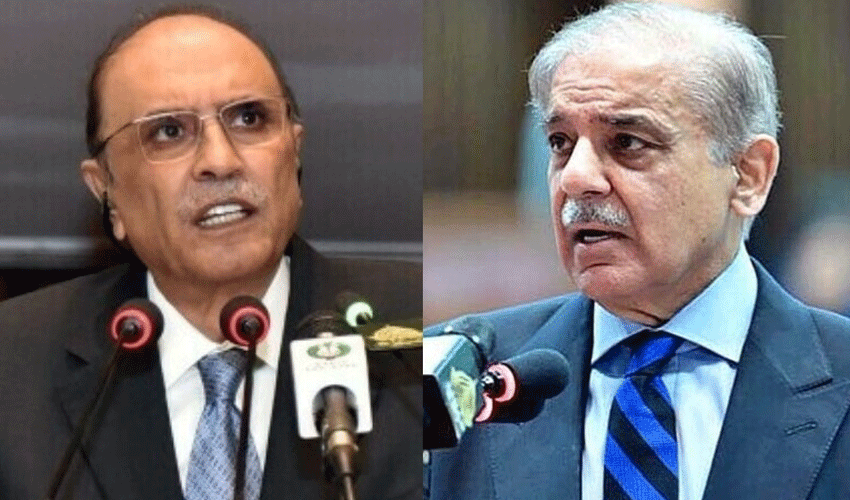The World Health Organization (WHO) was forced to propose a significant reduction of its budget following the United States' decision to withdraw from the agency, according to an internal email seen by the foreign news agency on Saturday.
The proposal indicated that the WHO would need to slash a fifth of its budget and reduce both its reach and workforce in response to a nearly $600 million income gap expected in 2025.
Tedros Adhanom Ghebreyesus, WHO Director-General, stated in the email sent to the organisation’s staff on Friday that the organisation had "no choice" but to make drastic cutbacks. He linked the budgetary challenges to the US's decision to freeze nearly all foreign aid, including vast contributions to global health initiatives. The United States had been the WHO’s largest donor.
"Dramatic cuts to official development assistance by the United States of America and others are causing massive disruption to countries, NGOs, and United Nations agencies, including WHO," said Tedros in his message. "While we have achieved substantial cost savings, the prevailing economic and geopolitical conditions have made resource mobilisation particularly difficult."
The financial strain had already been building before the US announcement to withdraw from the WHO. Tedros explained that the organisation had faced growing financial constraints, which had prompted it to initiate efficiency measures more than nine months ago. However, the situation had worsened significantly after the US freeze on foreign aid and reductions in official development assistance by other countries.
"Even before the US decision to withdraw, we were facing significant financial challenges, and we had already started working on efficiency measures," said Tedros. "The combination of the US decision and reduced funding from other nations, driven by increased defence spending, has made the situation much more acute."
In response to the funding shortfall, the WHO’s executive board had already reduced its proposed budget for the 2026-2027 period from $5.3 billion to $4.9 billion. However, Tedros warned that the outlook for development assistance continued to worsen, prompting the agency to propose a further reduced budget of $4.2 billion, marking a 21 percent cut from the original proposal.
The US had contributed $1.3 billion to the WHO’s previous two-year budget cycle (2022-2023), representing 16.3 percent of the total budget. The majority of the US funding had come through voluntary contributions for specific projects rather than fixed membership fees.
Tedros admitted that despite the WHO's best efforts to mitigate costs, the organisation was now at a point where it had no option but to scale back its operations. "This reduction will begin at headquarters, starting with senior leadership, but will affect all levels and regions," he said.


























